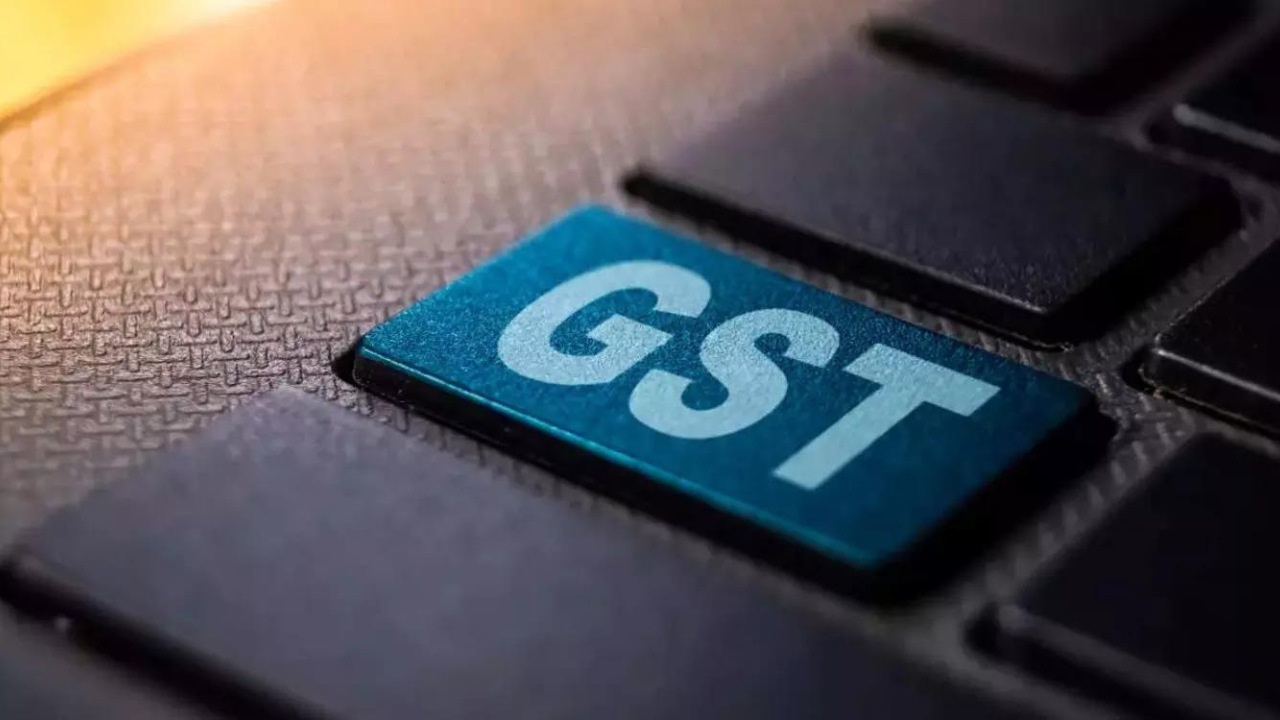NEW DELHI: GST authorities have been forced to launch a special drive against “fake registrations” as the menace refuses to die down, with scammers resorting to new tricks to claim input tax credit (ITC) and defraud the exchequer.
Officers have been instructed to identify those using forged papers to register or claim bogus input tax credit, deregister them, seek a refund of the credit and wherever needed attach their property or bank accounts. Besides, those who were in the chain for the input tax credit, will also be asked to refund them.
A similar exercise had been undertaken in the past, which resulted in not just several fraudsters being removed from the system but also saw some large companies face questions as they had bought goods or availed of services from them, directly or indirectly. But the problem persists.
From forged electricity bills and property tax receipts to rent agreements, unscrupulous elements show a bogus principal place of business to obtain GST registration. In a communication to top officers across the country, the Central Board of Indirect Taxes and Customs cited the instance of a few fraudsters in Gujarat registering themselves using PAN and Aadhaar number of persons from economically weaker sections, without their knowledge.
They first modified the phone number on Aadhaar by taking the cardholders to the Aadhaar Seva Centre, under the guise of offering them benefits under some government schemes, and then linked them to a “dummy mobile number”. “This menace of fake registrations and issuance of bogus invoices for passing of fake ITC has become a serious problem, wherein fraudulent people engage in dubious and complex transactions, causing revenue loss to the government,” the letter from CBIC said. Starting May 16, a month-long drive will be undertaken to detect suspicious or fake GST identification numbers, verify them and weed out “fake billers” from the GST ecosystem.
GST Network, the IT backbone, have been tasked with using detailed data analytics and risk parameters to identify bogus numbers. The list will be shared with state and central tax authorities. In addition, they have been told to supplement the data using data from e-way mechanism and CBIC’s Advanced Analytics in Indirect Taxation and the Business Intelligence & Fraud Analytics, apart from human intelligence and the Aadhar database.
The field officers will then undertake a verification drive and if they find that the taxpayer is non-existent or fictitious, the tax officer will immediately initiate action for suspension and cancellation of registration of the taxpayer, the instructions issued on Wednesday said.
Officers have been instructed to identify those using forged papers to register or claim bogus input tax credit, deregister them, seek a refund of the credit and wherever needed attach their property or bank accounts. Besides, those who were in the chain for the input tax credit, will also be asked to refund them.
A similar exercise had been undertaken in the past, which resulted in not just several fraudsters being removed from the system but also saw some large companies face questions as they had bought goods or availed of services from them, directly or indirectly. But the problem persists.
From forged electricity bills and property tax receipts to rent agreements, unscrupulous elements show a bogus principal place of business to obtain GST registration. In a communication to top officers across the country, the Central Board of Indirect Taxes and Customs cited the instance of a few fraudsters in Gujarat registering themselves using PAN and Aadhaar number of persons from economically weaker sections, without their knowledge.
They first modified the phone number on Aadhaar by taking the cardholders to the Aadhaar Seva Centre, under the guise of offering them benefits under some government schemes, and then linked them to a “dummy mobile number”. “This menace of fake registrations and issuance of bogus invoices for passing of fake ITC has become a serious problem, wherein fraudulent people engage in dubious and complex transactions, causing revenue loss to the government,” the letter from CBIC said. Starting May 16, a month-long drive will be undertaken to detect suspicious or fake GST identification numbers, verify them and weed out “fake billers” from the GST ecosystem.
GST Network, the IT backbone, have been tasked with using detailed data analytics and risk parameters to identify bogus numbers. The list will be shared with state and central tax authorities. In addition, they have been told to supplement the data using data from e-way mechanism and CBIC’s Advanced Analytics in Indirect Taxation and the Business Intelligence & Fraud Analytics, apart from human intelligence and the Aadhar database.
The field officers will then undertake a verification drive and if they find that the taxpayer is non-existent or fictitious, the tax officer will immediately initiate action for suspension and cancellation of registration of the taxpayer, the instructions issued on Wednesday said.


